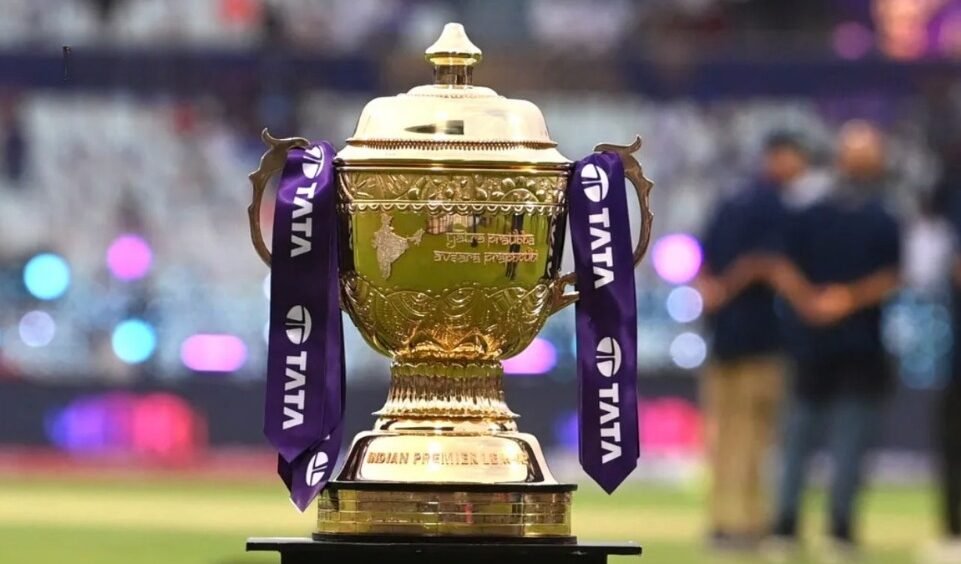If you’ve ever sat glued to an IPL match and thought, “Wait, what’s that rule again?” you probably want to know more about the quirks that make the Indian Premier League so unique. It has its own set of rules that make it different from regular cricket. Let’s break them down one by one.
1.Overseas Players
- The golden rule states that every franchise can only field four overseas players in its playing XI.
- Squads can include up to 8 overseas players, but no more than 4 can be on the field.
- Even Impact Players and substitutes can’t break this cap.
This ensures that young Indian talent gets more exposure alongside global players.

2.Squad Size & Auction
- A minimum of 18 players and a maximum of 25 players can be taken in a squad.
- Of these, a maximum of 8 can be overseas players.
- There’s a strict salary cap, which means that franchises must balance between Indian players and International big names.
This turns the auction into a strategy game, unlike international cricket, where squads are picked by boards.
3.Impact Player Rule
- Since 2023, each team has named 4 players as substitutes before the match.
- One of the substitutes can be brought as an Impact Player until the end of the 14th over.
- If a team already has 4 overseas players in the playing XI, the impact player must be Indian.
This creates tough choices but also gives coaches a huge tactical flexibility.
4.Strategic Timeouts
- 2 timeouts per inning are to be done
- Bowling side: between overs 6-9
- Batting side: between overs 13-16
- Each timeout lasts 2 minutes and 30 seconds
This is used for tactical planning and resets, and ad breaks too.
5.Over-Rate Penalties
- Teams must bowl 20 overs within 90 minutes.
- If they don’t, only 4 folders outside the circle are allowed instead of 5.
This is a massive disadvantage in death overs.
6.Playing XI Announcement
- In regular cricket, captains announce their playing XI before the toss.
- In the IPL, teams can finalise their playing XI after the toss, depending on whether they bat or bowl first.
This reduces the toss luck.
7.Tie-Breakers & DRS
- Tied matches go into a Super Over, and if needed, multiple Super Overs.
- Teams receive 2 DRS reviews per innings, which also include no-balls and wides in the IPL.
Quick Comparison Table
| Rule | IPL | Standard T20 (ICC) |
| Overseas Players | Max 4 in IPL | No such restriction |
| Squad Size | 18-25 (max 8 overseas) | No fixed squad size limit |
| Impact Player | Yes, since 2023 | Not used in T20 international cricket |
| Strategic Timeouts | 2 per innings | None |
| Playing XI Announcement | After toss | Before toss |
| Over-rate Penalty | 4 fielders outside the circle instead of 5 | Fines/penalty overs only |
| Super Over | Multiple allowed | Usually once |
| DRS Scope | Includes wides and no-balls | Only wickets/no-balls |
Final Word
The IPL has become the world’s biggest T20 league not just because of the star players, but because of these unique rules that increase viewership. Every change is designed to keep matches thrilling and give Indian talent the spotlight. This is why IPL feels less like cricket and more like a festival for India.
FAQs
What is the difference between T20 and IPL?
T20 is a cricket format with 20 overs per side, while the IPL is a professional T20 league featuring franchise teams from India.
What is the difference between T20 and normal cricket?
T20 is fast-paced with 20 overs in a single innings, while normal cricket (like ODIs or Tests) is longer.
What is the difference between T20 and 100 cricket?
T20 has 20 overs (120 balls), while The Hundred has just 100 balls per side, making it even shorter.
What is the difference between T20 and T20I?
T20 stands for Twenty20 International, which means it’s a T20 match played between 2 national teams. T20 is a cricket format having 20 overs in one innings.



